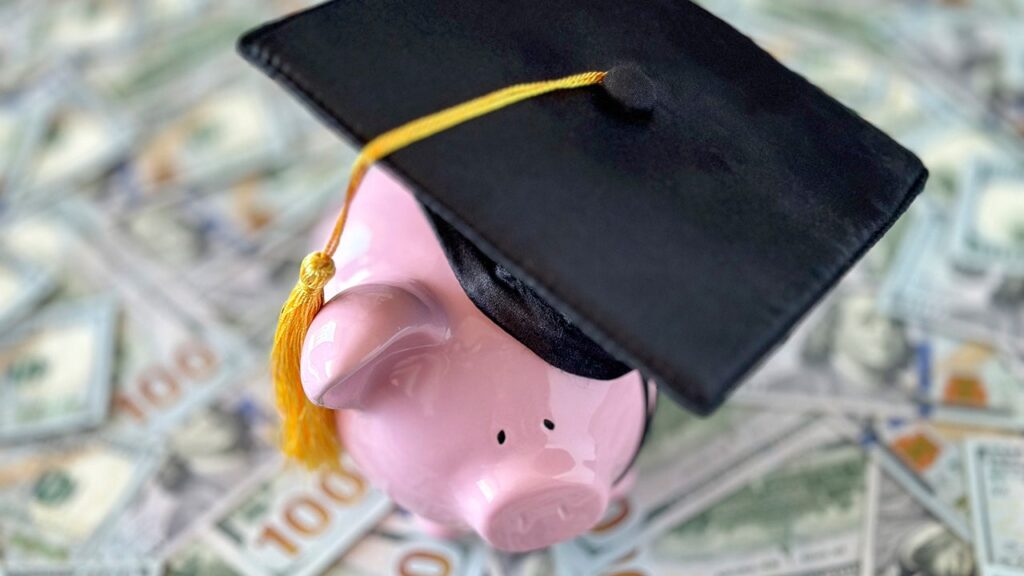The Biden Administration has announced an additional $4.5 billion in student loan relief aimed at public service workers, including essential professionals such as nurses, teachers, and social workers. This initiative is designed to address the shortcomings of the Public Service Loan Forgiveness (PSLF) program, originally established in 2007 under President George W. Bush. The PSLF program promised loan forgiveness for government and non-profit employees after ten years of service. However, prior to the recent reforms, the program faced significant challenges, with only about 7,000 applicants qualifying for relief due to various bureaucratic obstacles. U.S. Secretary of Education Miguel Cardona emphasized the need for these changes to rectify the previous failures and ensure that borrowers who have completed their obligations are granted the assistance they deserve.
President Biden highlighted the government’s achievements over the past three years, which included the approval of debt cancellation for nearly five million Americans. This latest round of relief for public service workers will benefit around 60,000 individuals who either experienced denial of their applications or have yet to receive the necessary relief despite making the required 120 monthly payments. The efforts to streamline the PSLF process are part of a broader strategy by the current administration, which also seeks to address other pressing educational financial challenges, such as raising Pell Grant awards and improving Income-Driven Repayment plans to better serve students and borrowers.
Aside from the PSLF developments, the Biden Administration is focusing on assisting students affected by Hurricane Helene and Hurricane Milton, which have caused extensive disruptions in the southern educational systems. In response to the devastation, the U.S. Department of Education has activated resources to support schools and students in recovery efforts. Measures include the provision of mental health care, flexible financial aid policies, and automatic enrollment in natural disaster forbearance for affected borrowers. The emphasis is particularly on Georgia, which has suffered significant damage, with targeted programs to aid educational safety and recovery initiatives for students and families, especially those with disabilities.
Additionally, the administration has allocated $70 million in federal funding to bolster mental health services in K-12 schools. Recognizing the growing need for mental health support, this investment aims to enhance access for students, especially in underserved communities where resources are limited. Cardona emphasized that the majority of students are more likely to seek help when such services are integrated within schools, underscoring the role of educators in identifying and addressing mental health challenges among students. This funding will support the training and hiring of approximately 4,000 new mental health professionals across 48 states and is supplemented by initiatives under the Bipartisan Safer Communities Act.
Despite these significant strides in student loan relief and mental health initiatives, public sentiment towards the Biden Administration’s handling of student debt remains mixed. Less than one-third of Americans currently approve of the administration’s approach, reflecting the ongoing concerns about the overall student loan crisis, which has skyrocketed by an astonishing 430% since 2003. For borrowers not eligible for federal relief, options such as refinancing may offer potential pathways to alleviate monthly payment burdens. Online resources, such as the platform Credible, enable these borrowers to explore competitive rates without impacting their credit scores.
As the administration navigates the complex landscape of student debt, it faces a balancing act to support both borrowers in the public service sector and those impacted by natural disasters. With substantial investments in mental health services and targeted relief efforts for public service workers, the Biden administration is attempting to ameliorate some of the systemic issues that have hindered educational access and affordability. Moving forward, the effectiveness of these initiatives will be closely monitored not only for their immediate impact on students and borrowers but also in setting the foundation for long-term reform in the nation’s student loan landscape.

